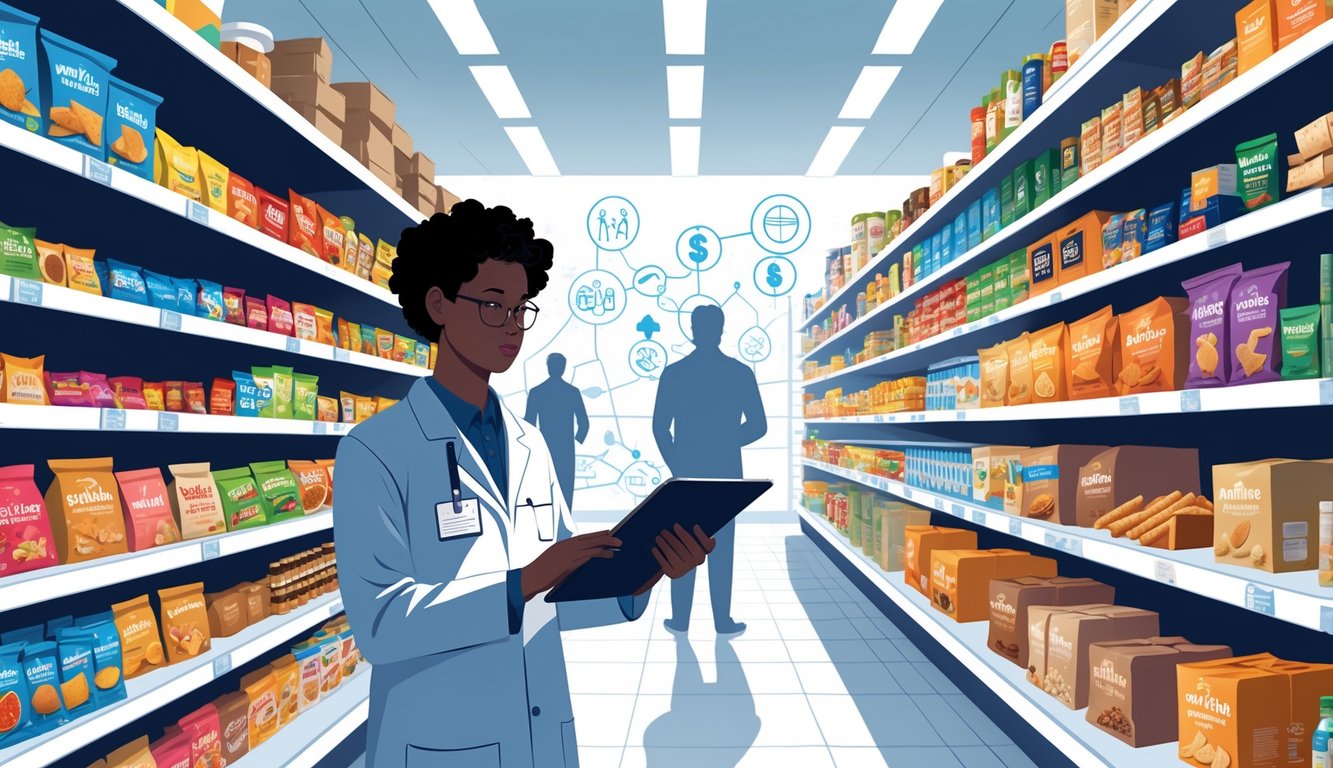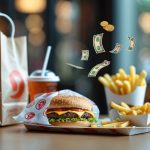
Saturated Fat and Sodium Levels
Saturated fat—sneaky. Salt—sneakier. I checked a “healthy” popcorn pack: 20% of your daily saturated fat in one tiny serving, sodium over 350mg. That’s just a handful. Kettle chips? Nearly 1g of saturated fat (40% of daily value) and 180mg sodium in 28 grams. It’s almost impressive, honestly.
It drives me nuts how the industry keeps loading snacks with palm oil and sodium preservatives. Sure, it keeps stuff fresh, but it’s not great for your heart. Researchers in South Africa flagged these snacks as “high risk” for energy, sugar, saturated fat, and sodium. Pizza-flavored crackers? 15% of your daily sodium and fat in one go.
Salt doesn’t even taste salty when it’s buried under sugar or “natural flavors.” Trans fats don’t have to be listed if it’s under 0.5g per serving—how is that legal? Popcorn’s supposed to be light, but the ready-to-eat kind has more fake butter than a movie theater. I don’t need high blood pressure just for a snack, thanks.
Hidden Sugars in Snacks
Sugar—always hiding. “Evaporated cane juice,” “fruit concentrate”—labels love to play dress-up. NOVA puts these snacks in the ultra-processed category for a reason. I compared five “health bars”—sugar ranged from 8g to 19g per serving. That’s half a soda, but it’s “healthy” because there’s a vitamin on the box?
I tried a “no added sugar” chocolate cake bite—dietitian pointed out chicory root and brown rice syrup are just sweeteners in disguise. Plus, “natural flavors” show up whenever there’s a banana emoji. American Heart Association says 25g sugar per day (for women). One bag of yogurt raisins? You’re done for the day, sugar-wise.
Snack companies are pros at hiding sugar—maltodextrin, honey powder, sucralose—ingredient lists read like chemistry homework. That coffee shop muffin I had last week? Dessert, not breakfast. That’s most “energy” snacks, honestly. Hidden sugars are the price of convenience, and nobody’s calling it out.
Health Implications and Long-Term Effects
Standing in the snack aisle, I’m staring at ingredient lists that might as well be in code. And it’s not just me—study after study (Harvard Health, Feb 2024) keeps linking those mystery ingredients to every health problem under the sun. It’s not some big dramatic warning, it’s just reality: what’s in the package doesn’t disappear once you eat it. It’s busy doing stuff—usually stuff you don’t want.
Obesity and Chronic Diseases
Snack time isn’t just a harmless break. One bag, two bags, and suddenly you’re part of the 42% of Americans who are obese (CDC 2024). Ultra-processed foods—emulsifiers, preservatives, “natural” flavorings (which are rarely natural)—they mess with diet quality, blood pressure, blood sugar, insulin resistance. Every recent study says so, even if they can’t agree on what “ultra-processed” actually means.
A friend once told me, “It’s low fat, so it’s fine.” Is it, though? French NutriNet-Santé study (2024) found that people getting over 30% of their calories from ultra-processed snacks had a 15% higher risk of heart disease and cancer, even after adjusting for everything.
No nutritionist I know recommends living off goldfish crackers or protein bars with ingredients you can’t spell. Cardiologists never shut up about sodium. When was the last time anyone panicked over an apple causing prediabetes? Never.
Impact on Children and Vulnerable Groups
Dragging my niece down the cereal aisle—her choices are marshmallow rice, rainbow colors, and ingredient lists longer than her attention span. Kids eat more ultra-processed snacks than adults, and it’s not a cute quirk. The American Journal of Clinical Nutrition (2023) says kids eating tons of these snacks show higher rates of ADHD symptoms, fatty liver, and their BMI just keeps climbing.
Nobody at school meetings ever brings this up: “kid food” isn’t just for kids—it’s for anyone too busy or broke to cook. Two-for-one snack bar deals beat out fresh produce every time, so diets go off the rails fast. Pregnant women eating lots of emulsifiers and fake sweeteners? Babies end up with double the metabolic risk, says a 2024 Lancet review.
And then there’s the mental health thing—doctors warn about anxiety and depression linked to long-term snack eating, but every after-school program is packed with the same snacks. Mine too. I sigh and pack baby carrots, knowing she’ll trade them for cookies anyway.
Shelf Life, Safety, and Food Processing
Try eating a snack these days without feeling judged by your own brain. Every label screams “shelf life,” “microbe risk,” or “sodium bomb.” Ingredients you can’t pronounce, and it gets old fast. We trade safety for convenience, but honestly, is it worth it?
Food Processing Techniques
Extrusion process—why does it sound so much less dramatic than it is? Every food scientist I know admits: heat, pressure, and mechanical tweaks totally mess with nutrients. Manufacturers love it because it spits out bars, chips, and puffs fast and cheap. I once sat through a lecture about retort sterilization (it’s everywhere in shelf snacks), and Dr. Jonas, a food engineer, just said, “Vitamins? You lose about 40% or more.” Vitamin C? Forget it.
Acronyms everywhere—HPP, MAP—pop up in science papers (good luck reading those). They look cool, but in the real world, it’s a battle between making snacks last forever and making them taste like food. Corn snack bars: researchers tested different temperatures (10°C, 30°C, 47°C) over 35 days just to see how fast they’d spoil. Higher temps? Shelf life tanks, microbe risk goes up, preservatives or not.
Honestly, sometimes I wonder if anyone’s actually checking what’s in these snacks, or if we’re all just pretending it’s fine because the packaging is shiny.
Role of Preservatives and Additives
Nobody’s exactly yelling about calcium propionate or BHT on the label, but, yeah, they’re the reason snack cakes don’t start growing fur under my car seat. Grocery stores want “freshness” (whatever that means), so they toss in whatever the FDA says is GRAS—Generally Recognized as Safe. But if you ever talk to someone from a food lab, they’ll straight up tell you: preservatives can mess with nutrients, or start weird chemical fights with the packaging. Dr. Shawna Lee—she’s buried in shelf life data all day—once told me, “Propionates slow fungus, but flavors go sideways in a couple weeks if you leave them out.” And honestly, I believe her.
There’s so much chemical juggling: color stabilizers, anti-caking stuff, acids I can’t pronounce. It’s a chemistry set, not a snack. HACCP audits (look it up if you’re bored) show synthetic antioxidants can help with shelf problems, but then you get false alarms in micro tests and food safety teams start panicking. Food fraud? That’s a thing. Banned colorants got caught in imported snacks at least five times last quarter. So, yeah, these ingredients aren’t just sitting there quietly—no matter what the marketing says.



